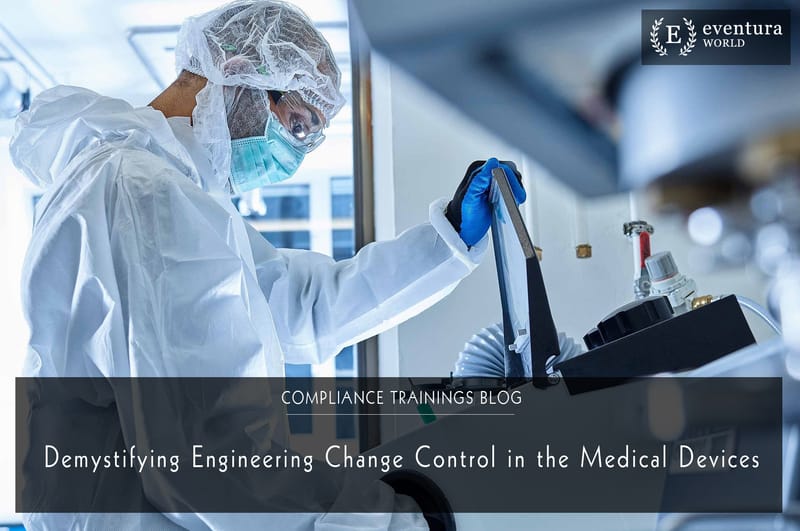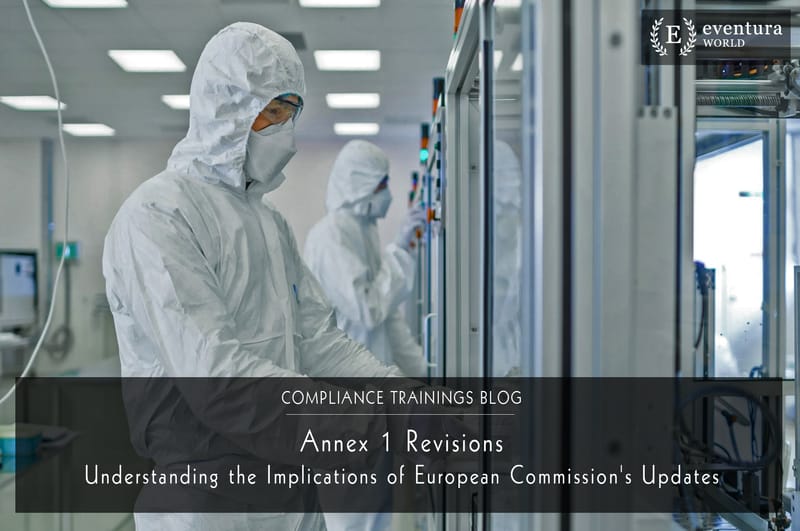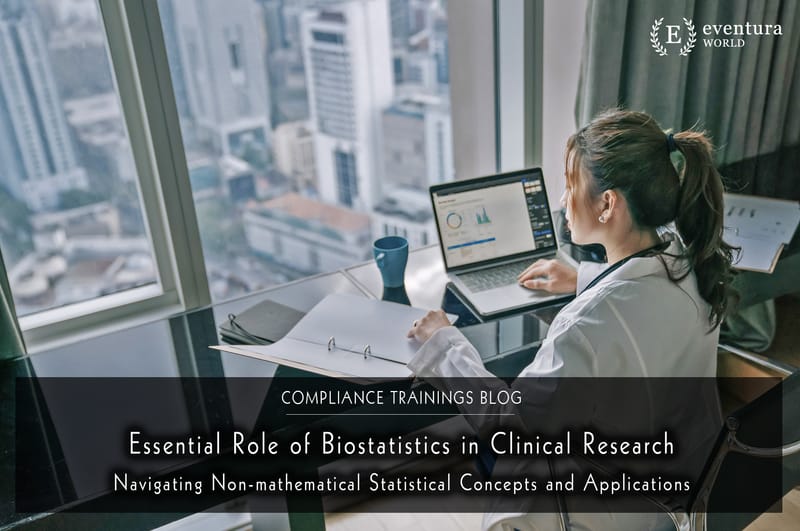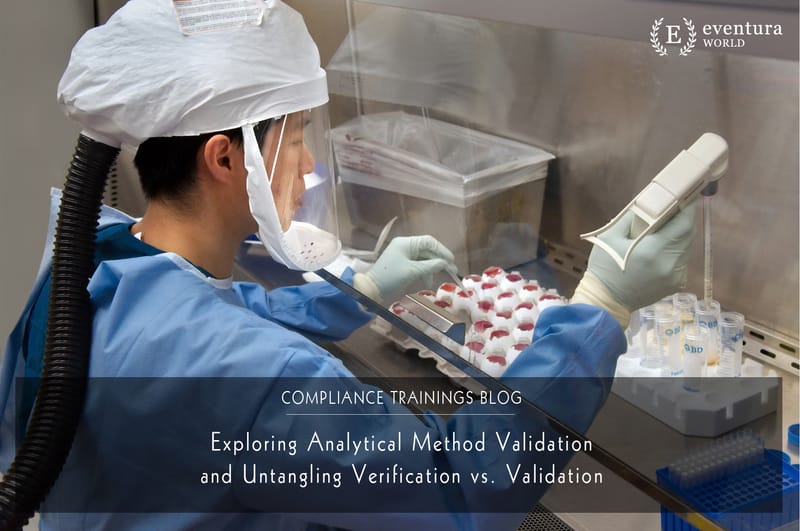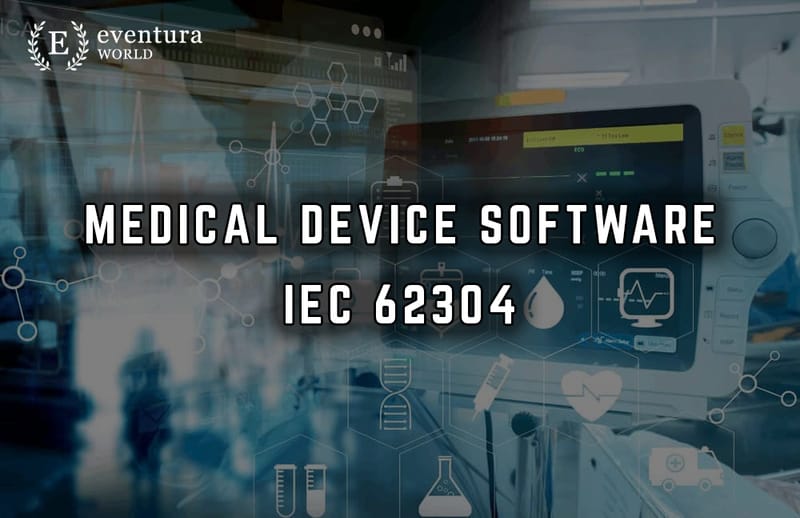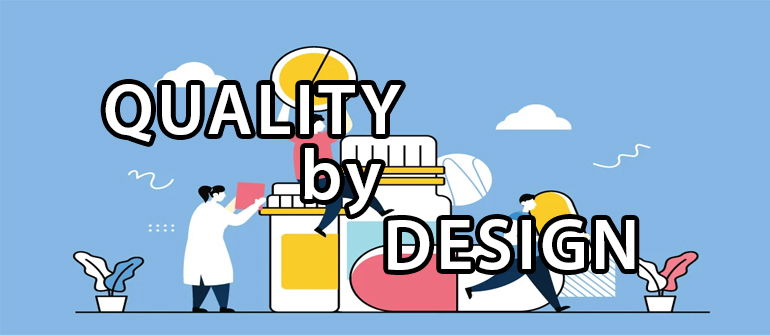Blogs
Quality Assurance (QA) vs. Quality Control (QC): Understanding their 9 Crucial Contrasts in Pharmaceuticals and Medical Devices
Quality in regulated industries refers to the degree to which a product or process meets predefined standards and regulatory requirements.
Demystifying Engineering Change Control in the Medical Devices
Engineering change control is a subset of change control that specifically focuses on changes related to product design, development, and manufacturing processes. It is a structured approach to managing changes in engineering documentation, product specifications, drawings, and other technical aspects.
Annex 1 Revisions: Understanding the Implications of European Commission's Updates
Annex 1 of the European Union GMP document provides specific guidance on the production of sterile medicinal products, covering various aspects such as facilities, equipment, validation, environmental monitoring, and personnel. Its aim is to establish a harmonized approach to ensure the highest quality standards throughout the manufacturing process.
Essential Role of Biostatistics in Clinical Research
Biostatistics is the cornerstone of clinical research, providing essential tools and techniques for analyzing and interpreting medical data. Its significance lies in enabling researchers to make informed decisions, draw accurate conclusions, and enhance patient outcomes. In this blog, we will delve into the fundamental importance of biostatistics in clinical research
Exploring Analytical Method Validation and Untangling Verification vs. Validation
This blog explores Analytical Method Validation (AMV) in the pharmaceutical industry, covering its stages and differentiating between verification and validation. It emphasizes the importance of AMV for ensuring accurate and reliable analytical methods. By following method development, qualification, and validation stages, pharmaceutical companies can maintain product quality and compliance.
The Power Trio: IQ, OQ, and PQ Explained
In the realm of product manufacturing and quality control, the verification and validation process plays a crucial role. Three key components of this process are IQ (Installation Qualification), OQ (Operational Qualification), and PQ (Performance Qualification). In this blog post, we will delve into the significance of each phase and how they contribute to ensuring product integrity and regulatory compliance.
Understanding Medical Device Software IEC 62304 Compliance
IEC 62304 compliance is essential for medical device software manufacturers to ensure safety, effectiveness & regulatory approval. It provides a systematic approach to software development, reduces risks & costs, and enhances product quality. However, developing medical device software is a complex process that involves ensuring regulatory compliance and meeting high standards for safety and effectiveness.
Why is Quality by Design (QbD) important?
QbD is an essential concept in the pharmaceutical and medical device industries, as it ensures that products are safe, effective, and meet the needs of patients. By implementing QbD, manufacturers can reduce the risk of product recalls, improve the efficiency of the manufacturing process, and develop innovative products that meet the needs of patients and stakeholders.
What is the difference between Asceptic Processing and Terminal Sterilization ?
Aseptic process is carried out usually throughout the production and it also makes sure quality is built into it. It is carefully monitored all along to make sure that quality is built.
Why is Ethylene Oxide (EO) Sterilization used for Medical Devices ?
Many different ways are used to sterilize Medical Devices like usage of moist heat (steam), dry heat, radiation, ethylene oxide gas, vaporized hydrogen peroxide, and other sterilization methods for instance, chlorine dioxide gas, vaporized peracetic acid, and nitrogen
What is the Difference between GLP and GMP Testing Regulations?
GLP and GMP are at times confused as the same as it pertains to Laboratory testing. It is understandable that both cover Lab Testing still are different. Knowing the difference becomes very important here.
Why has FDA inspected facilities that perform LASIK procedures?
Inspection of ambulatory surgical facilities that perform LASIK procedures is one of the options available to FDA to ensure that physicians and patients have current and accurate information to help them with their decisions about LASIK. These inspections allow FDA to identify reporting problems and provide opportunities to further educate user facilities about MDR reporting obligations.

